
Sustainability & Brand Marketing - Brand Purpose
Brand purpose:
connected yet not the same as sustainability.
This report provides beauty marketers with strategic frameworks, concrete tools and illustrative examples to improve the efficiency and relevancy of sustainable marketing claims by connecting them with what the brand stands for.
Conversely, it also highlights that what the brand stands for should increasingly integrate the sustainability imperative.
1 - Brand purpose: connected yet not the same as sustainability.
2 - Brand equity: the reciprocal contributions between sustainability claims and brand value.
3 - Cause marketing and brand activism: mutually beneficial for a brand and for a cause – if done right.
PART 1 - Brand purpose: connected yet not the same as sustainability.
What is a brand's purpose?
A brand purpose is a higher-order reason for a brand to exist than just making a profit.
Since Simon Sinek’s work around the “Why” of a brand and the Golden Circle (2009), purpose has been defined as the very reason why your organization / brand exist.
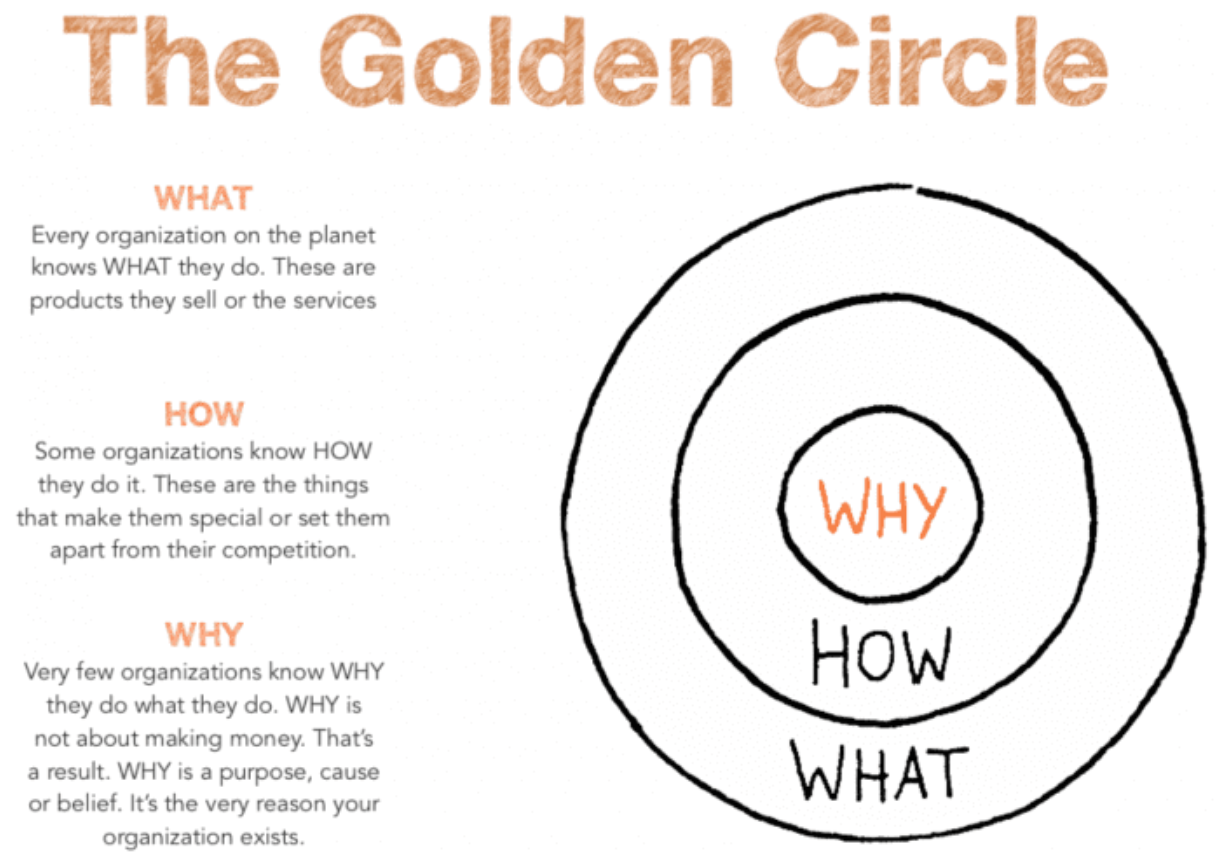
Purpose and sustainability are related but different
There’s confusion when Brand Purpose and sustainability are used interchangeably as synonyms (ex: purposeful brand = sustainable brand). It leads to Brand Purpose being abused or wrongly executed.

Purpose and sustainability are related but different
- Purpose is the reason why your brand exists, what you are solving for, not sustainability - except maybe for a handful of sustainable-native brands (it’s debatable).
- Purpose is a constant framework, which gives meaning to everything a brand does.
- Sustainability focuses on how you do it. It is a journey and an outcome, which can vary.

Where is the confusion between purpose and sustainability coming from?
1. Miscommunication on ”purpose-led brands”
Announcement effect on the growth of wrongly-called ”purpose-led brands”.
Instead of “purpose-led brands” (not a clear categorization), it is more accurate to track the performance of sustainable brands (defined on clear criteria).
For ex: In 2021, CPG Products marketed as sustainable grew 2.7x faster than their conventional counterparts.
Source: NYU Stern study Sustainable Market Share IndexTM 2021.
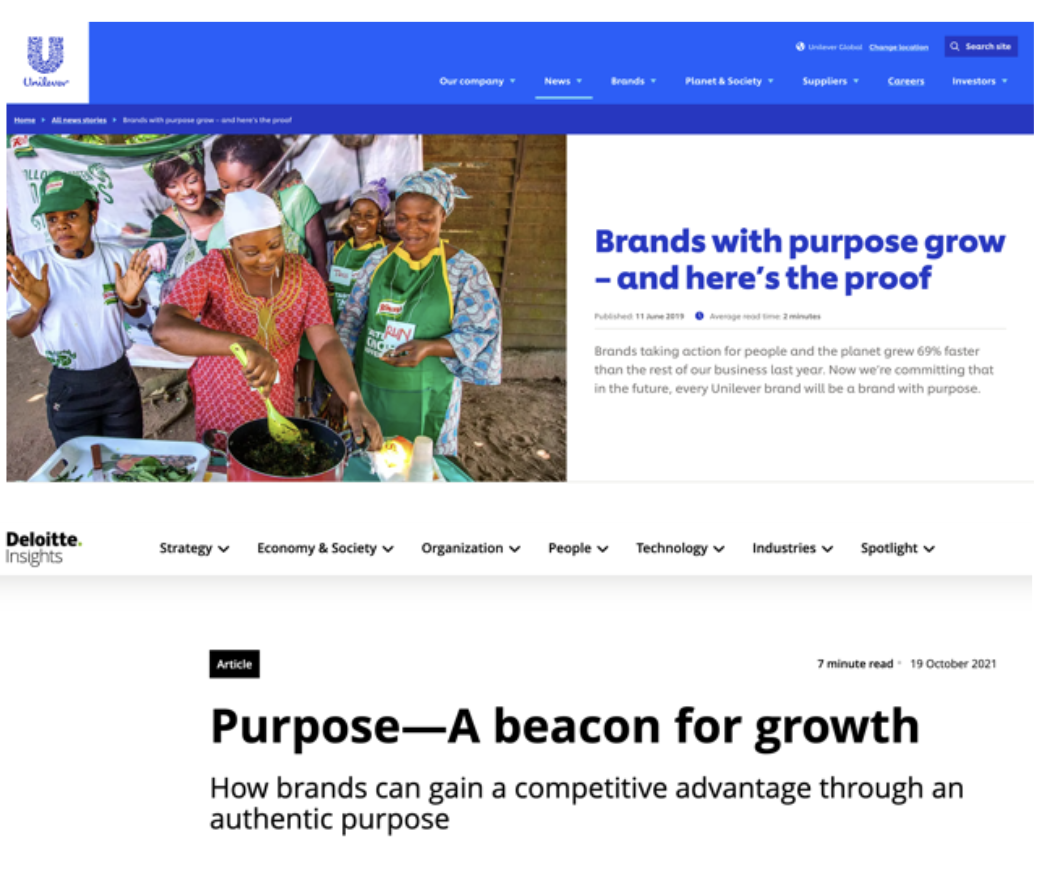
2. Lack of integrated view on what consumers (can) say and (can) do
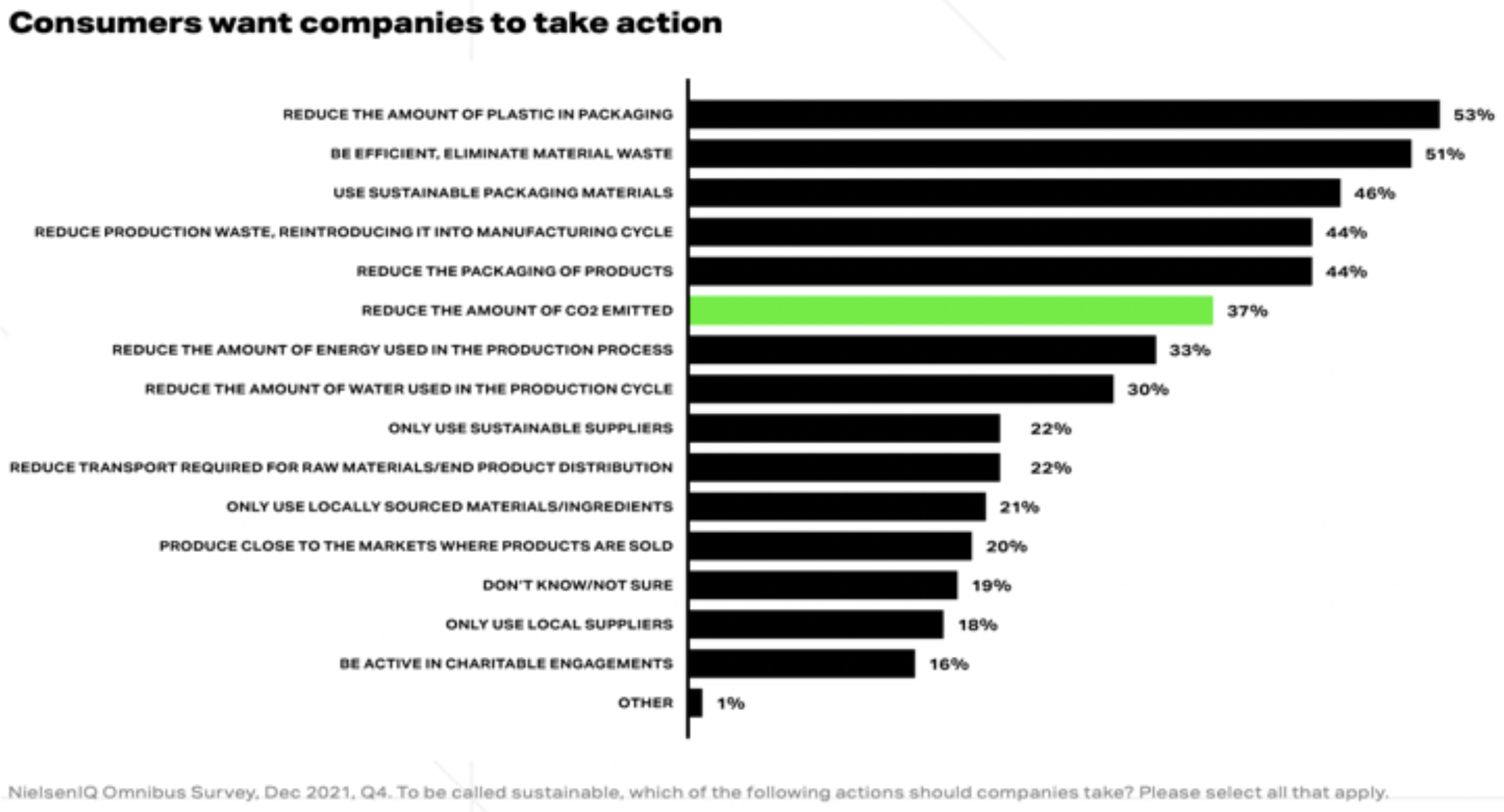
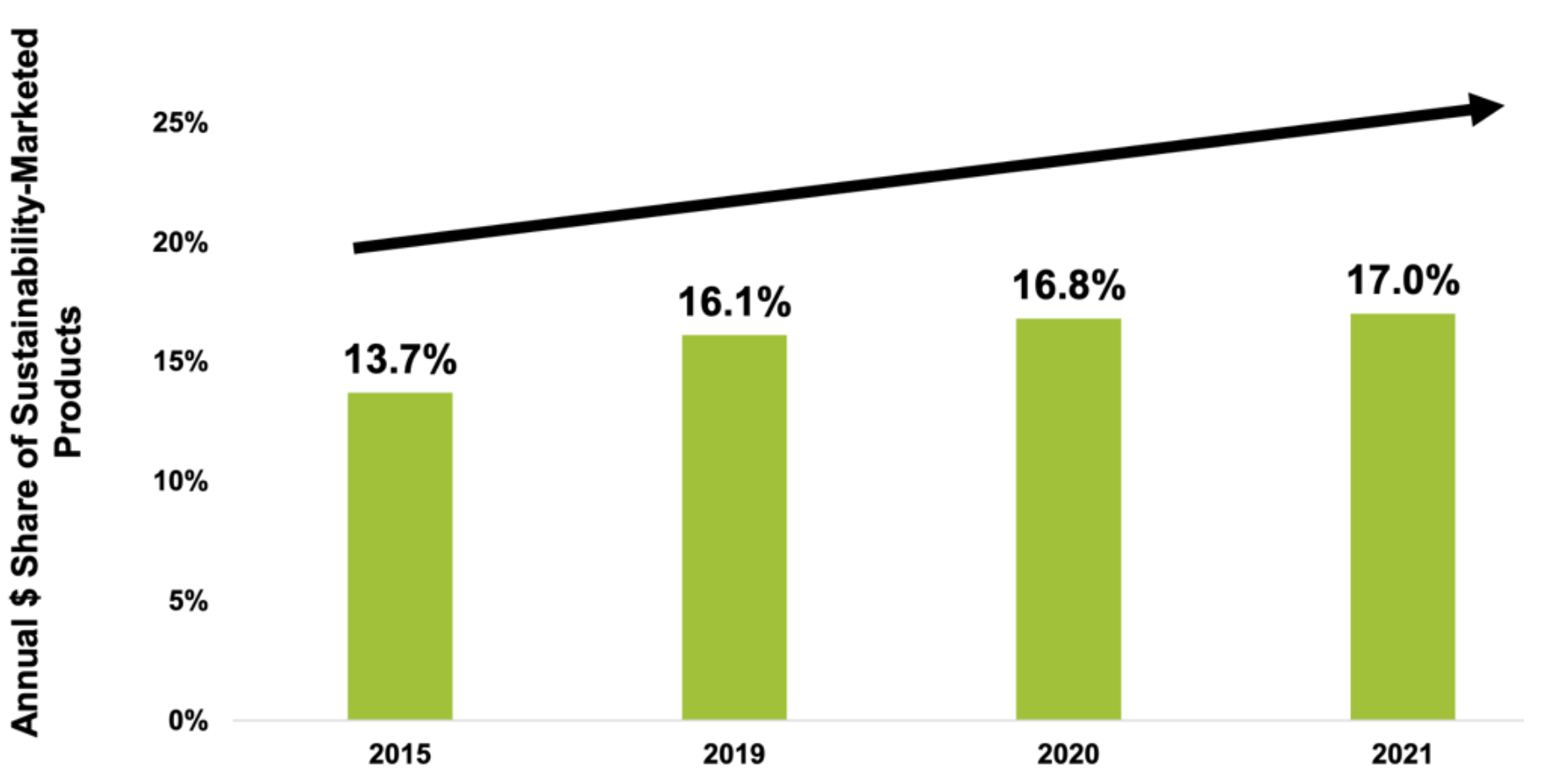
3. Urge to build emotional connection and trust with consumers
People’s lack of trust in consumer good category and advertising.
The Advertising Association in the UK has made it a priority to rebuild trust and one of the 5 actions is to show that “advertising can drive social change”.
People’s desire to do something about planet and society “casualties” – starting with shopping.
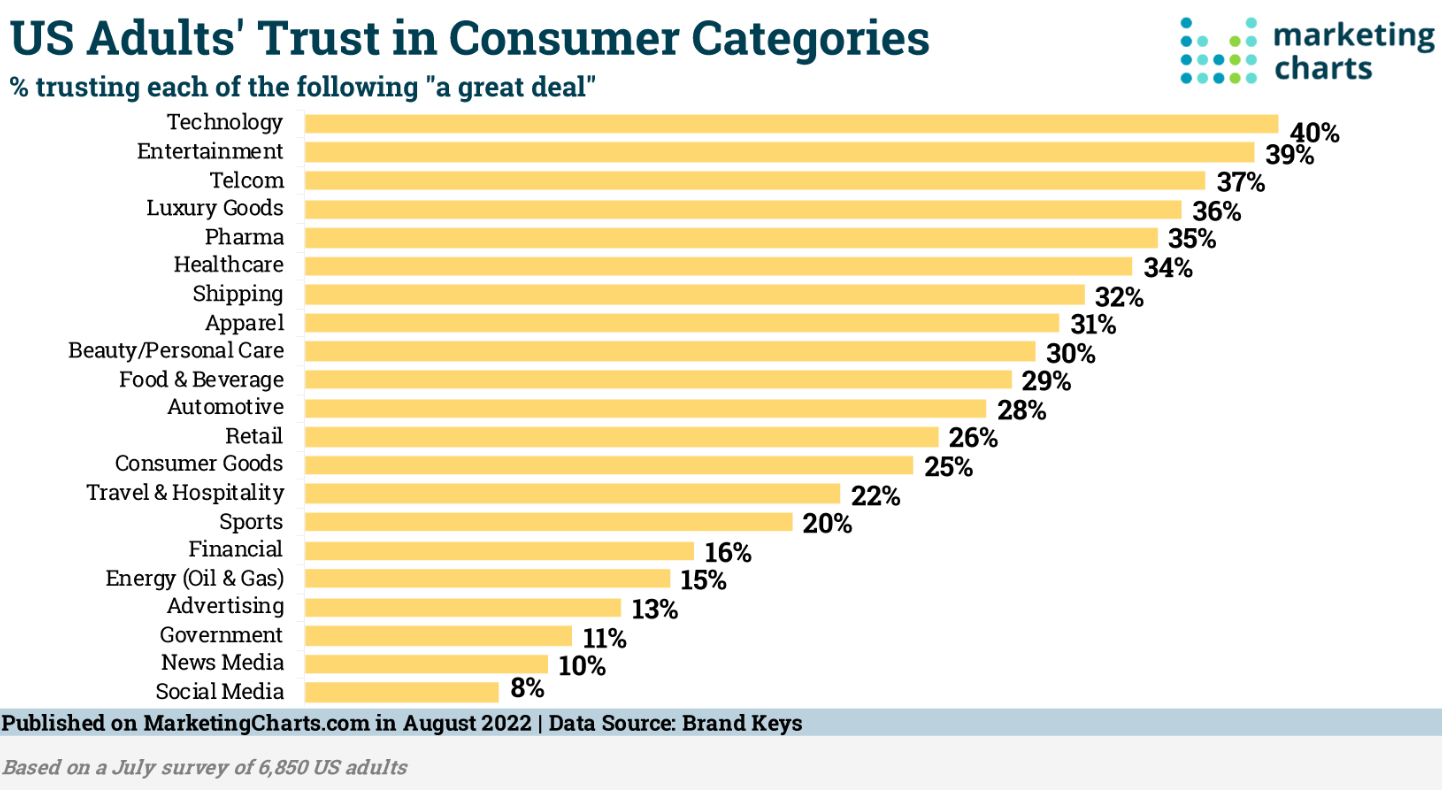
4. Confusion between the condition of existing with the reason for existing
“Any further delay in concerted global action will miss a brief and rapidly closing window to secure a liveable future”
Prof Dr Hans-Otto Poertner
(Physiologist and Marine Biologist Researcher, Co-Chair of the IPCC Working Group II (WG II)).
While brand purpose (reason for existing) may not be inherently about ‘sustainability’ (condition for existing), the way it’s lived and accomplished should be. If not, it’s not enduring, and it won’t serve you for long.
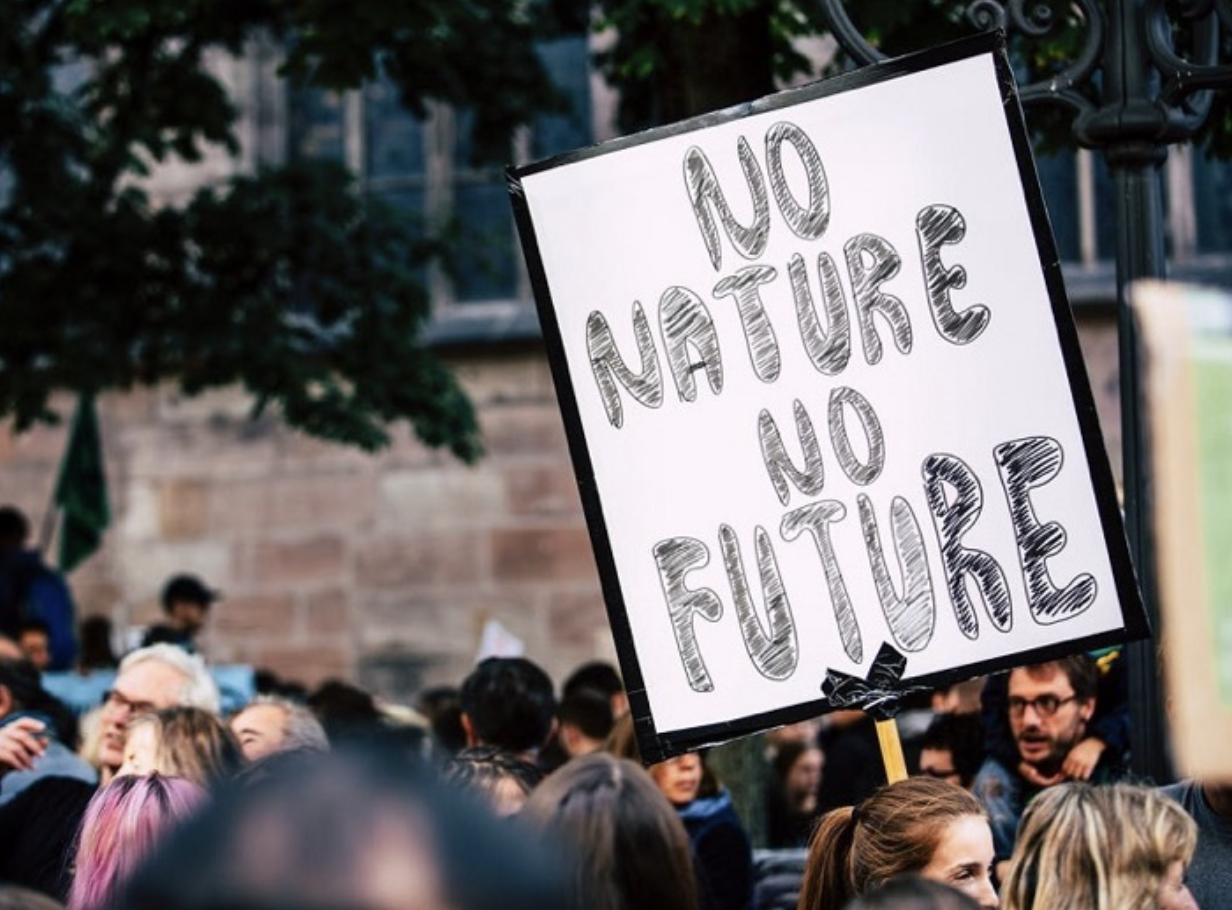
Why purpose and sustainability should not be confused?
1. Beware “losing the plot” TODAY
What if confusing purpose and sustainability meant losing the focus on what a brand should be best at and innovate against - to keep existing?
- In numerous studies, price, quality/benefits or availability remain ahead of sustainability as top purchasing criteria for CPG.
- 83% of CPG sales are not coming from products marketed as sustainable in the USA (NYU Stern study Sustainable Market Share Index 2021).
- Byron Sharp* warns that the widespread adoption of social purpose could lead to brands becoming too similar and consequently being picked off by private labels. “It could be the end of brands” he says.
sources: *Professor of Marketing Science and Director of the Ehrenberg-Bass Institute –author of “How Brands Grow: what marketers don’t know”
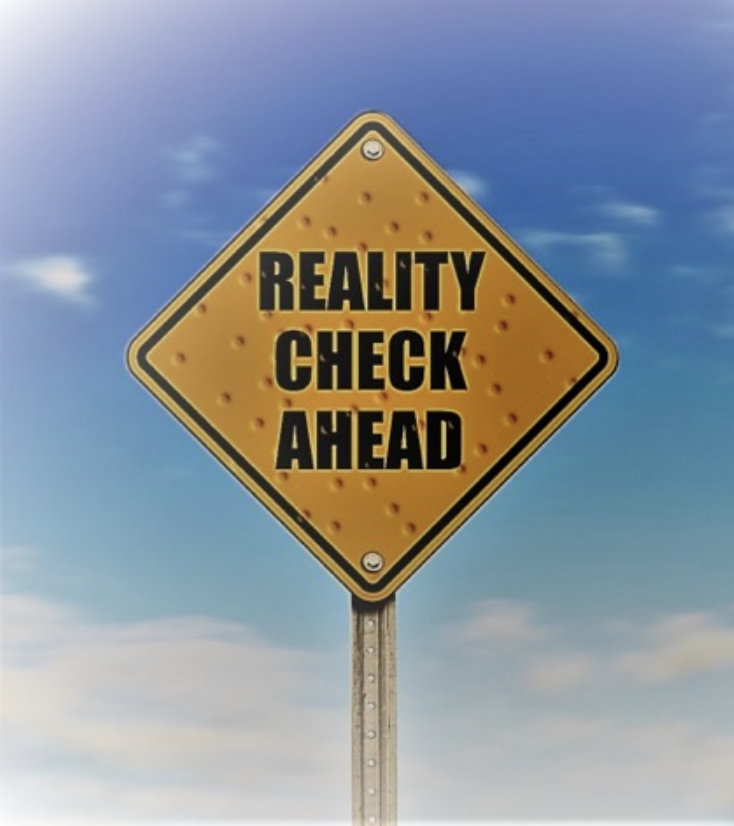
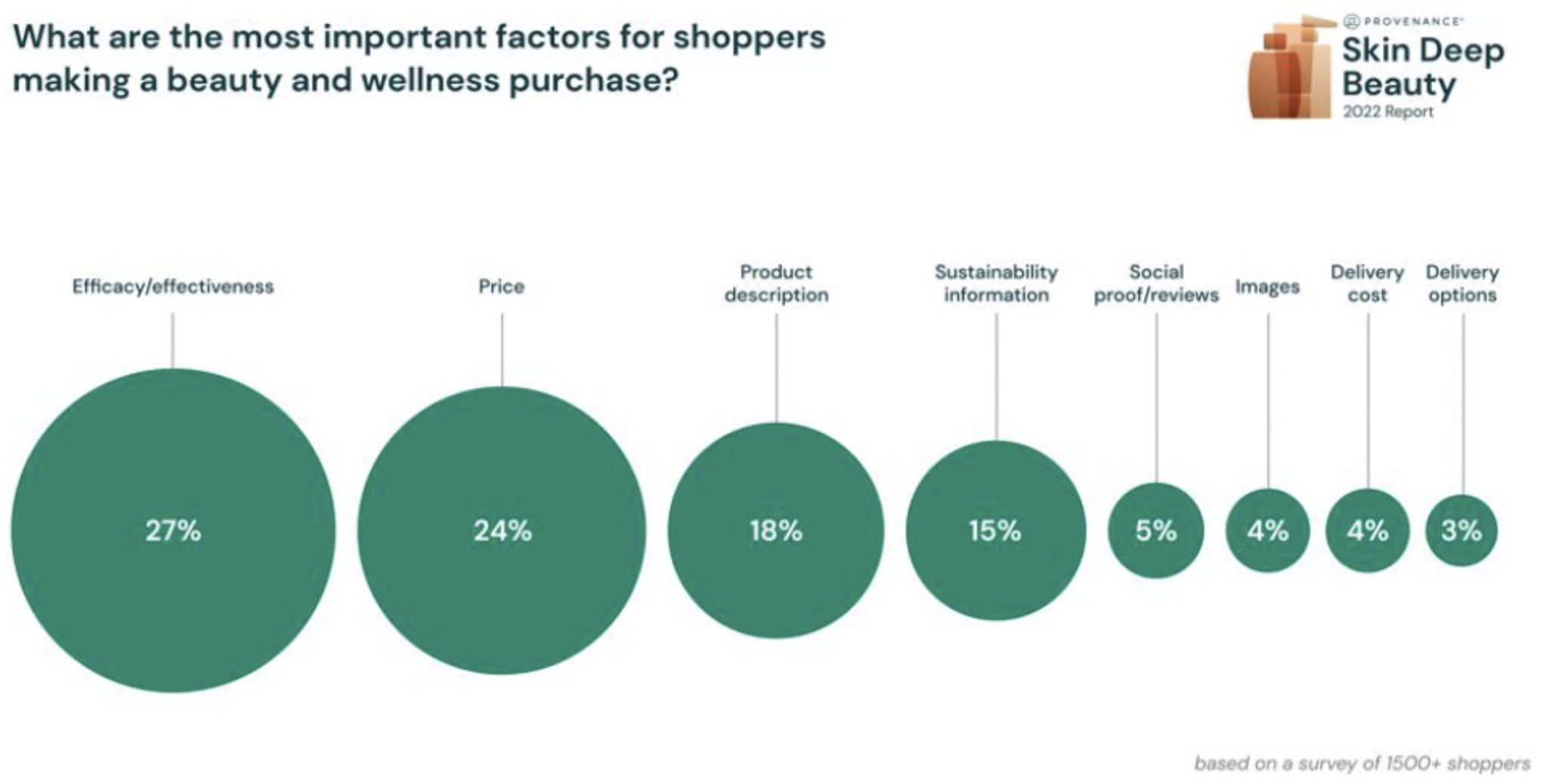
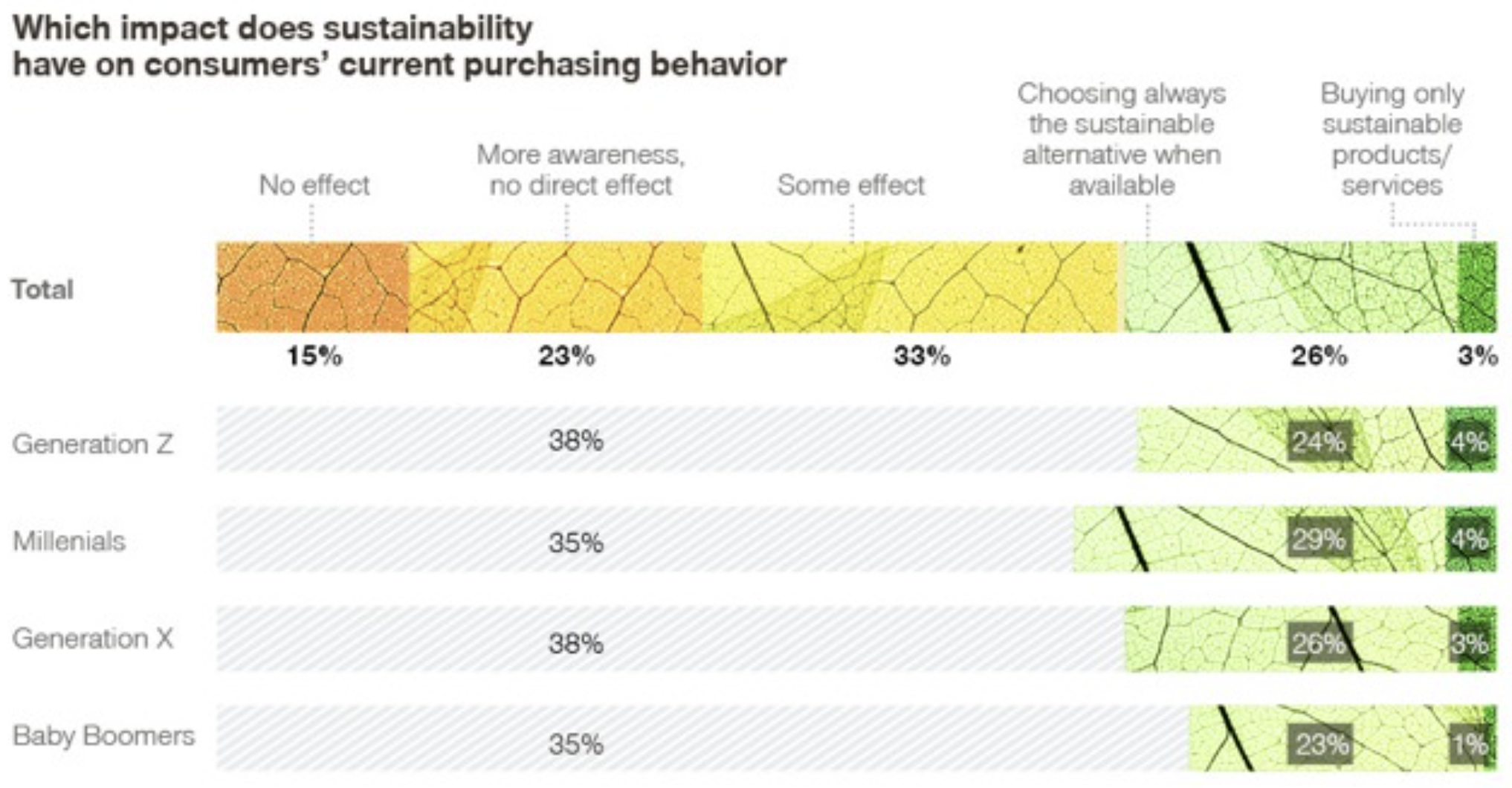
2. Beware “losing the plot” TOMORROW
Sustainability is a source of competitive advantage today, and table stakes tomorrow. Table stakes are the minimum offering it takes to be considered a player in the market.
“In order to continue growing and remain relevant, companies must invest in sustainable business practices today, rather than wait until a tomorrow that never comes.
Yet sustainability will eventually become more of a hygiene factor than an extra.”
Source: Simon-Kucher & Partners, Global Sustainability Study 2021

Beware “losing the plot” TOMORROW
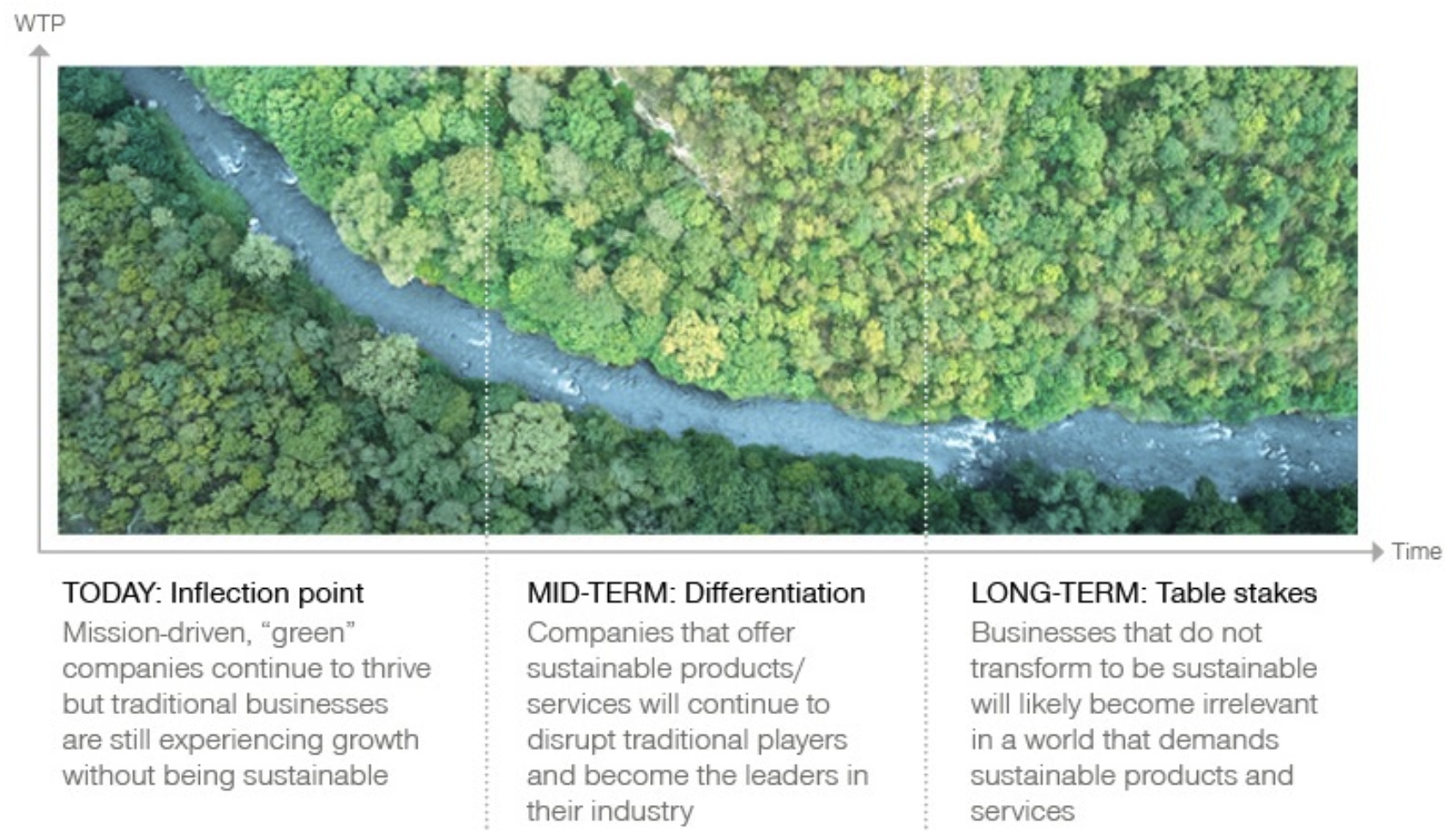
3. Beware “purpose-washing”
Greenwashing is defined as misleading or deceptive publicity disseminated by an organization so as to present an environmentally responsible public image.
For most organizations, focusing their purpose on sustainability can come across as disingenuous as this is not the primary reason why they exist.
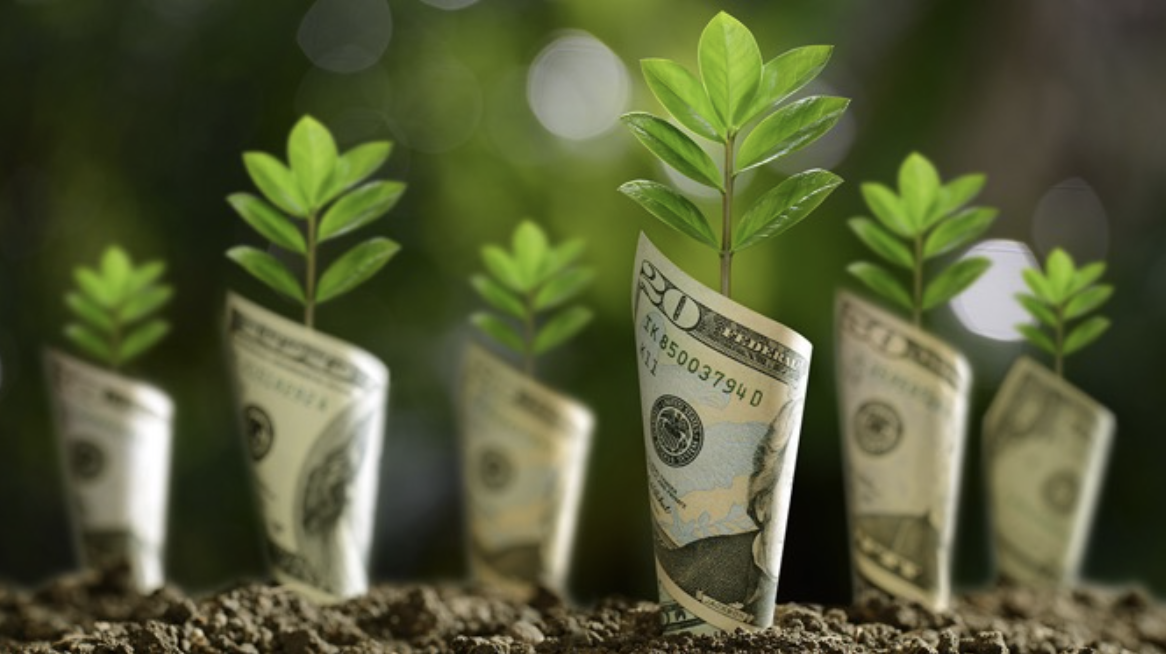
Why brand purpose should be accomplished sustainably?
“Without a sense of purpose no company either public or private, can achieve its full potential. It will ultimately lose the license to operate from key stakeholders.”
Larry Fink, CEO BlackRock, (one of the world's leading providers of investment, advisory and risk management solutions).
1. All stakeholders hold business accountable
customers + employees + shareholders + civil society + government
All stakeholders increasingly expect companies / brands to play an active role in sustainable development and use their power responsibly.
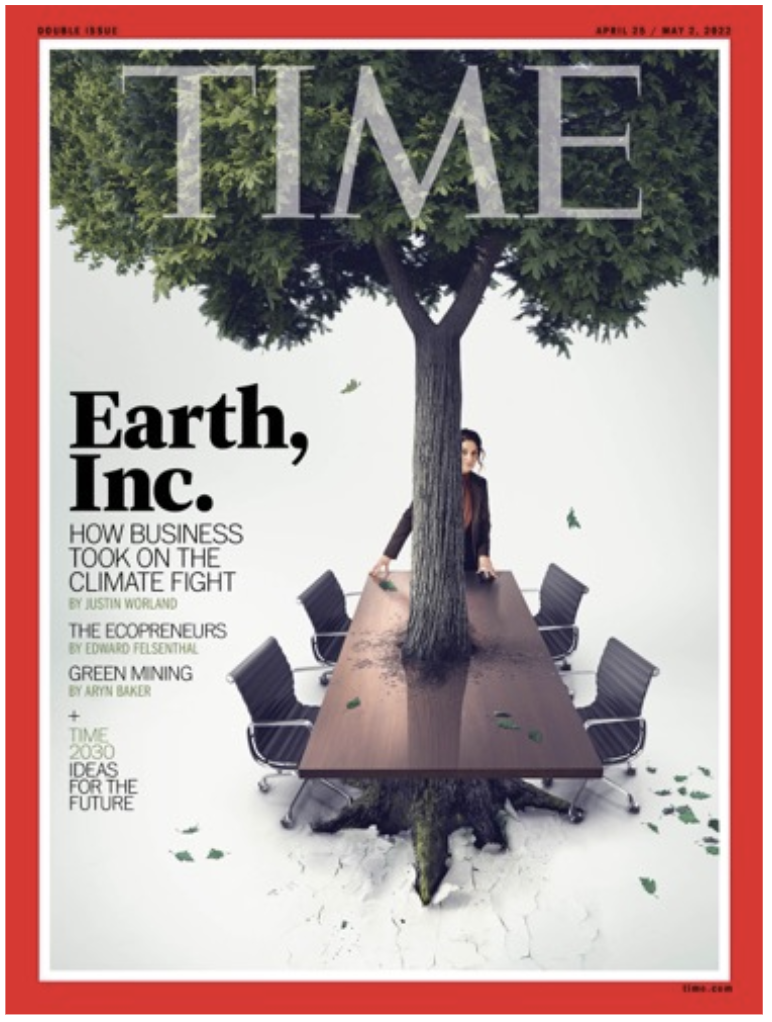
1. All stakeholders hold business accountable
Companies / brands are expected to play an active role in sustainable development and to use their power responsibly.

2. Sustainability disproportionately contributes to sales growth
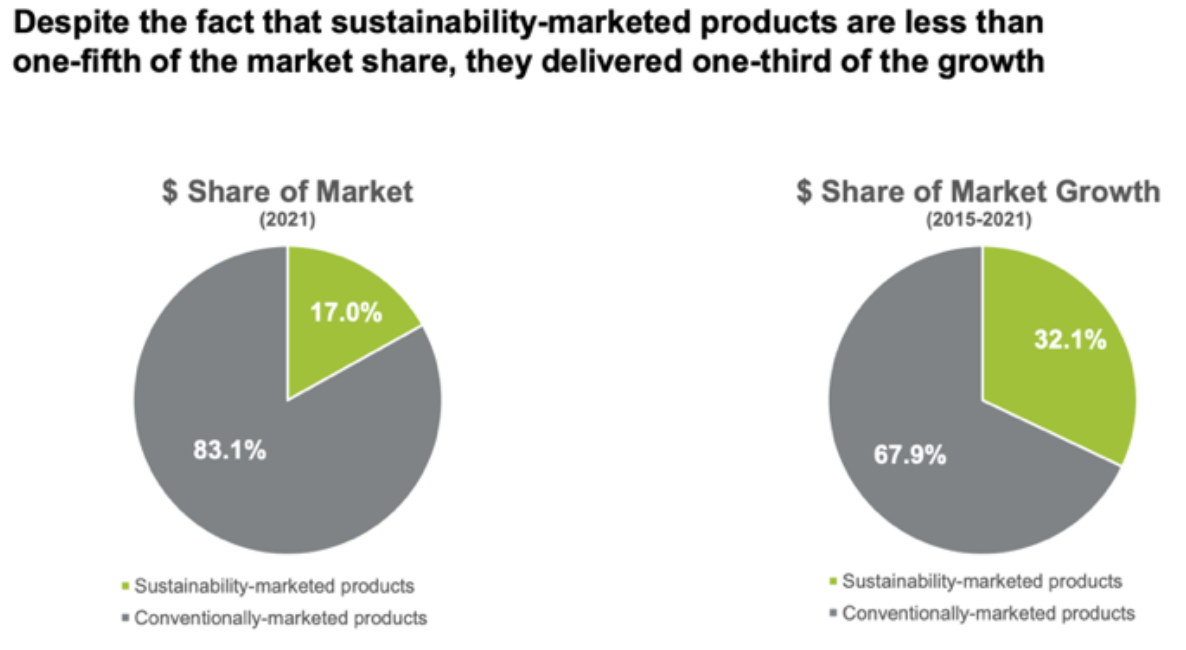
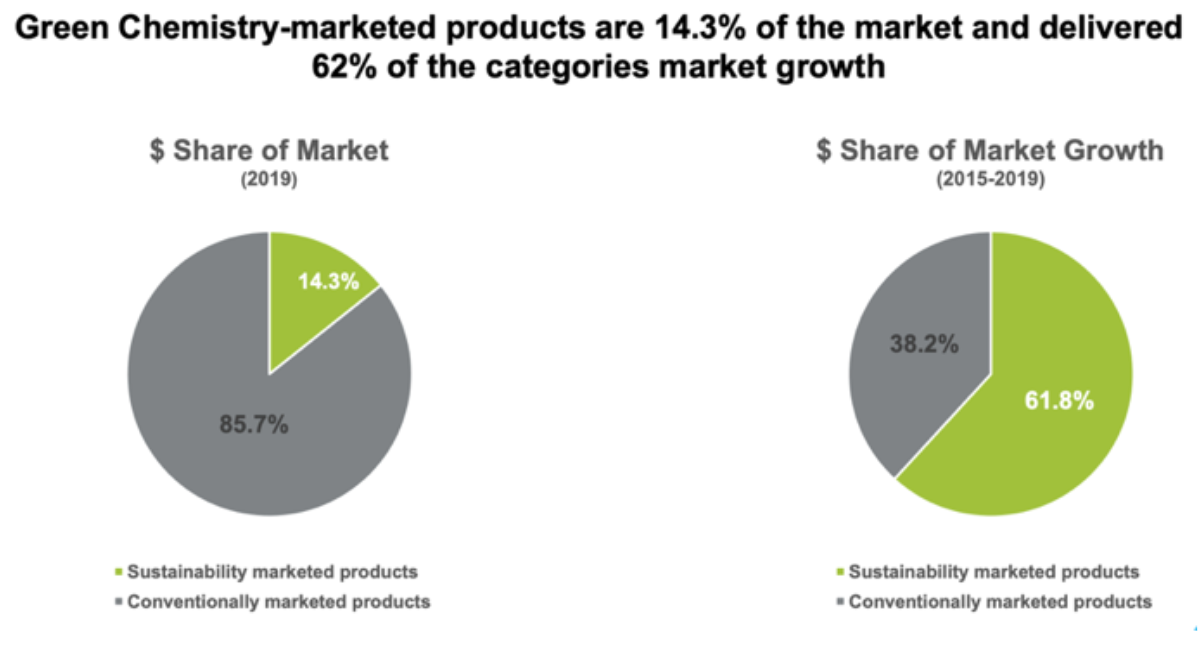
3. Sustainability standards to become like accounting standards for market capitalization
In 2021, at the request of G20 leaders, the IFRS International Financial Reporting Standards body launched the International Financial Reporting Standards Board to provide a disclosure baseline to help capital markets track climate impact.
Their Standards are developed by two standard-setting boards, the International Accounting Standards Board (IASB) and International Sustainability Standards Board (ISSB).
Sustainability will become table stakes of how investors form a view of an organization’s future and define its valuation.
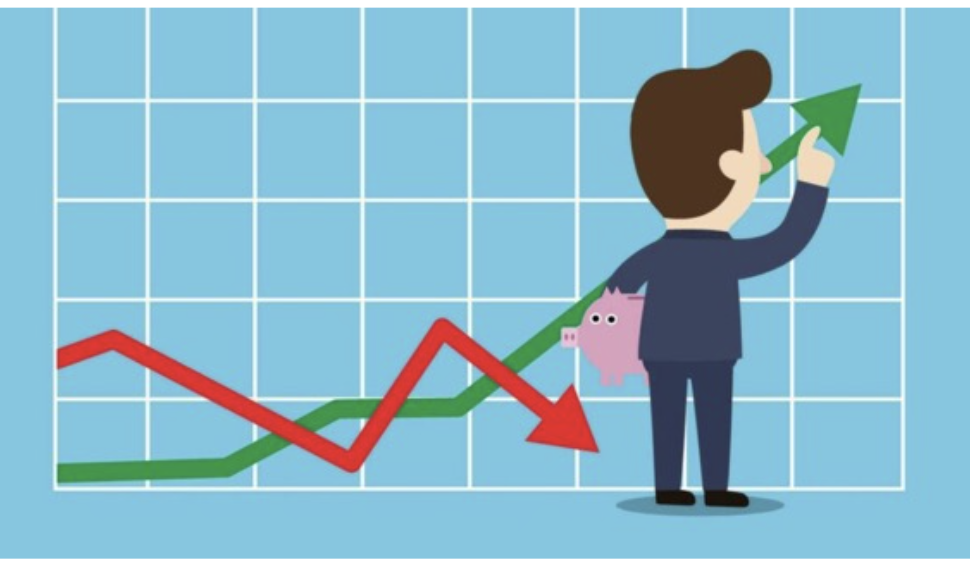
4. Toward the triple bottom line: people, planet and profit/prosperity
“Products and services solutions need to change as the world evolves in terms of its concerns about the negative externalities created by these solutions.
Addressing these externalities must be done in a way that keeps the solutions profitable. Failure to do so will result in sustainability detracting from purpose, rather than supporting it.”
Source: Harvard Law School Forum on Corporate Governance - The Difference Between Purpose and Sustainability, 2021

“The purpose of a company is to produce profitable solutions to problems of people and planet while at the same time not profiting from producing problems for people or planet.”
Colin Mayer - Peter Moores Professor of Management Studies
KEY TAKEAWAYS BRAND PURPOSE & SUSTAINABILITY CLAIMS
- Purpose and sustainability are related but different. Purpose = Why. Sustainability = How.
- Purpose and sustainability should not be confused. This could lead to a loss of relevance and performance and “purpose-washing”.
- Brand purpose should still be accomplished sustainably (and profitably) for the brand to still exist in the future.

